Like Me: Finding My RA Community and Why It Matters
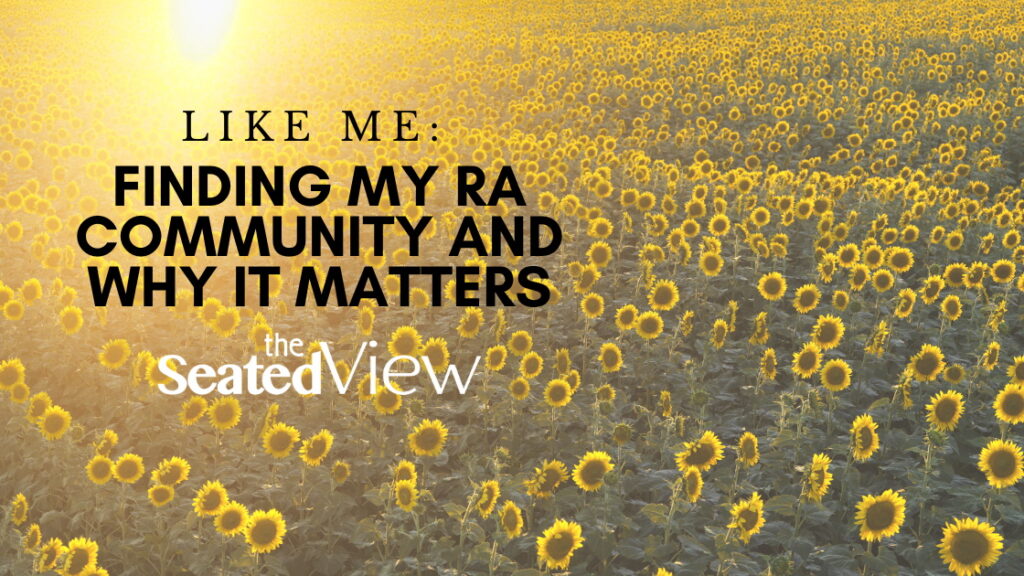
Updated November 12, 2022.
Being different is both external and internal. Being the only person who looks a certain way set you apart in a group, designates you as Other. Even when the members of the group are your friends, there is something that makes you feel set apart. Finding your community, the people who look or feel like you, can make an incredible difference.
Several years ago, the New York Times featured people with rheumatoid arthritis (RA) in their Patient Voices area, profiling six people living with the condition. There is a very interesting juxtaposition of what happens to a child who gets RA now and one who got it 40 years ago — the contrast between two individuals especially (Ari and Alyson) says it all. But it was seeing Alyson and Jennifer, two women who both got RA when they were eight years old and who now, in their 40s and with varying degrees of ability, but both still walking, that did me in. What surprised me the most about this feature was how difficult it was for me it was to see two women who, like me, got autoimmune arthritis when they were children, and who, unlike me, are still walking.
I thought I was OK with it. I last walked when I was 14 and have no muscle memory of what it’s like. I get around fine in my power wheelchair, have a satisfying life, I’ve moved on, accepted it, doing other things and yet… there it was. Still is, apparently. This tearing rip of sorrow deep within. It’s like a lick of flame, blue with cold regrets. There is an old sadness there when I listen to Jennifer, married with two children and I wonder what if.
Might that have been my life in some parallel universe?
My juvenile arthritis journey
It is the why me revisited, yet again. That journey of if only that pops up not just when the damn disease gets obstreperous again, but prompted by things like an article in the newspaper, unexpected, knocking you for a loop.
I don’t know anyone like me. When I was a kid, I was pretty much the poster child for how bad it could get — I think I only ever met one girl whose body was as destroyed as mine. At the time, my parents were the ones who supported other parents – they knew more than others, because of how bad juvenile idiopathic arthritis (JIA) had hit me.
At first, it was mild, more or less, I had only two joints affected. Then I hit 12 and puberty and it spread like wildfire to every joint, went into a systemic flare and almost killed me. When I had both hips replaced at 16, it wasn’t so I could walk again like Alyson or Jennifer in the New York Times. It was so I could stop lying in a hospital bed, be able to sit up, use a power chair and go home and have a life.
When I did go home, I left illness and hospital behind and never wanted to see them again. That also meant anything and anyone associated with JIA who might remind me of that time. This was pretty easy since Denmark is a small country and there weren’t very many of us, certainly none that lived close to my town. And then there’s the fact that you when you become friends with people, you do so because you have more than one thing in common. Just because you have JIA or RA doesn’t mean you’ll like each other. It can be a bridge, that initial connection, but ultimately, it’s what inside that matters, not what you look like.
Right?
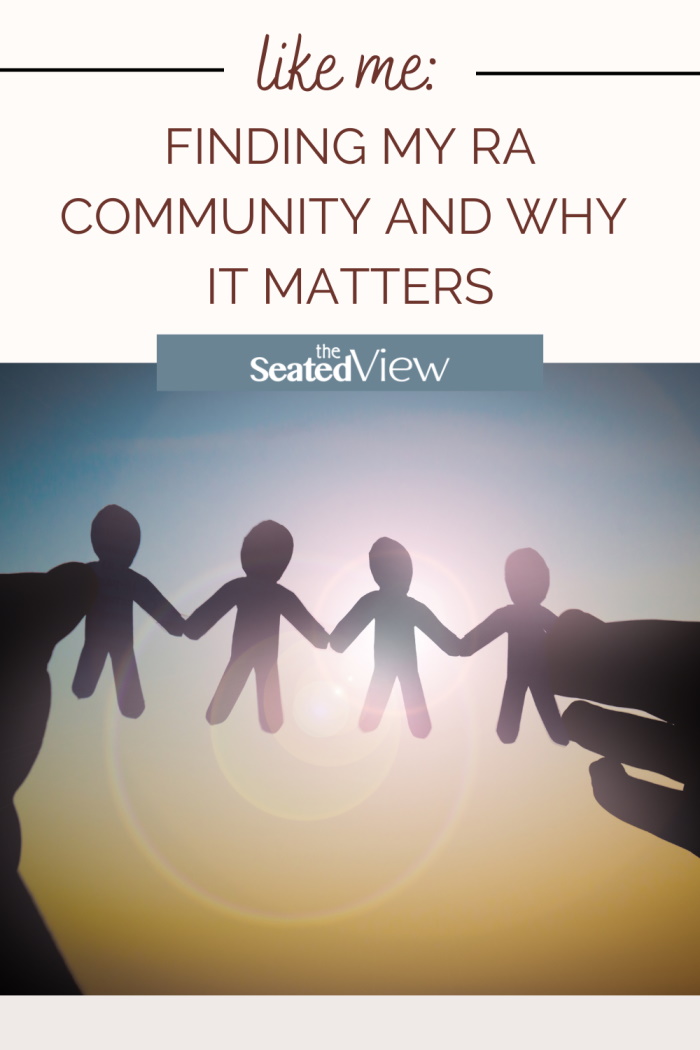
Being different isolates
Except it turns out that it does matter. Because no one looked like me. Well, if you line up my mother, my sister and I, it’s obvious we’re related, but I didn’t know anyone who physically bore the mark of RA like I do. My joints are deformed and fused, my right foot turns in and the knee only bends a little, my left knee not at all, I only have a waist on the right side, because I have scoliosis in my lower back and the way I sit has exacerbated it over the years. My hands look like this
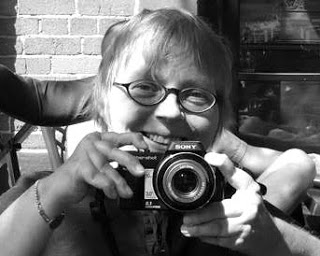
and for a very long time, I minded terribly. Especially when I looked at my sister’s hands, long, straight and with elegant fingers and know that mine would have looked like that if only.
I am 5’1″ on a good day because when I was 13 the JIA almost killed me. The only thing that saved me was prednisone, but it also stopped my growth. Instead of being tall and willowy like my sister, I look like a Romanian gymnast of the 70s and 80s (except without the agility and strength). My arms are foreshortened, my shoulders are narrow and the RA fused my neck partially, as well, so I have to turn my body to see to the side. As for looking up, that’s mostly done by moving my eyes, not my head or neck. Many of my joints have collapsed, including to an extent my jaw, so it’s withdrawn towards my neck more than it should be, classic for people who had JIA before there were treatments. All my joints are fused partially or completely and that means that I move sort of like a bird in tiny, jerky movements.
Finding my tribe
I didn’t think it mattered, have stuck with the way I felt inside (where I move as gracefully as a dancer) and just got on with things. And then at some poit in 2008, I spoke to a woman on HealthCentral who mentioned what it felt like to meet someone that looked like her. She directed me to Arthritis Introspective where I found a picture of Wendy Hawkins.* Who looks like me. Down to the colour of her hair (as well as the style — I used to have that haircut), the characteristic JIA chin, the narrow shoulders and the posture, where you can tell that she, too, looks to the side by moving her body, not her head.
And when I saw that picture, the sense of not being alone, not being an outsider, not being different washed over me in crashing wave of relief and I cried with the overwhelm of it.
It’s not that I think I’m ugly — I don’t, not anymore. But I am different, I don’t conform to our culture’s ideas of what is “normal.” Much of me is a twisted (quite literally) version of what other people look like. And it wasn’t until last fall, when I saw a photo of Wendy Hawkins that I realized how much of an outsider I felt because of it. Not just due to the expectations of society, but simply, purely, because in my life, I am the only one who looks like this.
These days, my work with HealthCentral has allowed me to return to a community of others like me. They probably don’t look like me — because if you get RA now, it’s highly unlikely it’ll damage you the way the disease did me. But it doesn’t matter. Because we have this other thing in common, the knowledge of what it feels like to live inside RA and much to the surprise of the remnants of my younger self that still live inside of me, sometimes, that’s all that matters.
Here, I found my peeps. My community. I no longer feel like an outsider. Here, I feel known.
* Arthritis Introspective joined The Arthritis Foundation in 2016, after I originally wrote this post. It seems that blog posts disappeared and with it, the post containing the story and photo of Ms. Hawkins.
1 Comment
Read More
Discover what else I've been writing about...

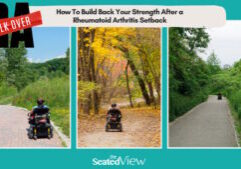
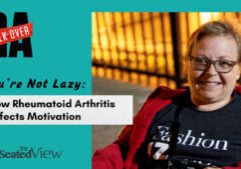
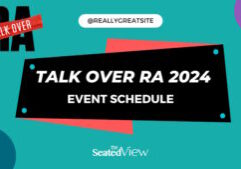



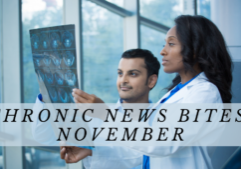
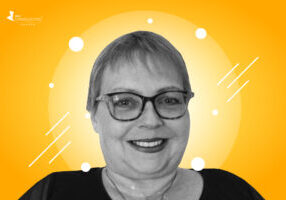
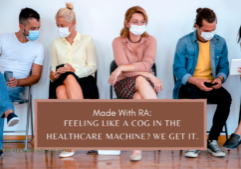
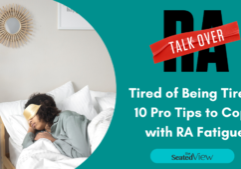


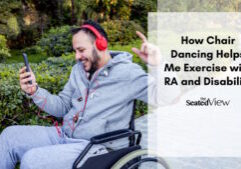

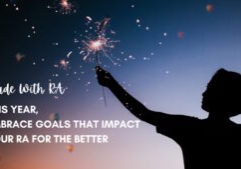
When I was growing up, I, too, yearned to find someone “like me” except, instead of needing to find someone who *looked* like me, I was looking for a reasonably successful adult role model who had attention deficit disorder. Except, I didn't know that was what I was looking for, because I didn't know I had ADHD until I was 26. I just knew that I was struggling with things that everyone else seemed to think OUGHT to be “easy” for “someone as smart as” me. I was having all this trouble with things like organizing my time, or overcoming inertia to get started on my papers and so forth that “smart people” weren't supposed to have trouble with. And I kept hearing messages that people HAD to be well organized to be successful in life, that you CAN'T do well if you don't use your time wisely and so forth. Those messages were so despairing to hear. And I needed to meet someone “like me” who could help me see that those messages, though not entirely wrong, were not entirely correct either. That a person really COULD have these kinds of challenges and still be basically okay and do okay.
Not exactly the same thing as that deep need to see someone who physically looks more or less like you. (Non-Caucasin children adopted from other countries who are then brought back to their birth country for a visit are often awed by the experience of suddenly being surrounded by people who, unlike their adoptive family or communities, “look like them.”)